What happened to happy-looking cars?

In late October, an old Land Rover Series III station wagon that I bought in the U.K. sailed into a California port on a vehicle carrier after three weeks at sea. It was parked in the sun and salt air of the dock to wait out what I believed would be, based on five previous imports, a couple of days of Customs clearance. A week went by. Then another, with barely any information despite repeated inquiries. My temperature began rising. I went around telling people that Customs adopted a new motto: E Screwitus Younum.
So perhaps I wasn’t in the best mood when pics of the new Lotus Eletre SUV dropped in my inbox. I like Lotus and I’m not opposed to luxury SUVs, but the styling did strike me as just another angry face in the crowd. The Eletre has pinched headlights and a scowling grille, and one imagines that Lotus’s designers were evoking a fearsome cobra. Or a warrior chief in the throes of doing his taxes. Or 5-year-old me tasting gefilte fish for the first time.
Thanks to relentless copying and the auto industry’s deep fascination with fads, cars today are almost universally unhappy. They fret, they glare, they scowl, they stew with festering grudges. They are at risk of developing deep and permanent worry lines. For decades, the Toyota Crown has been the upright and understated flagship of Japan’s taxi fleet as well as legions of sensible salarymen. Toyota just released pictures of the new Crown: slit headlights, a jutting chin accentuating an acute underbite, and a wall-to-wall grimace for a grille. Toyota has become enamored with inking its creations with random blackout panels, and the Crown is so thusly tatted that it looks like a gangbanger out on an assuredly brief parole. The new Crown is not here to provide safe, reliable transport—it’s here to swipe your watch and wallet.

Cars seem to reflect our mood. Columnist David Brooks wrote in The New York Times recently that “the negativity in the culture reflects the negativity in real life,” noting that researchers who analyzed 150,000 pop songs released over 50 years determined that the word “love” appeared half as often in later years, while the word “hate” had an uptick. From the endless downbeat headlines to the repeated surveys that say more and more people rate their lives as terrible, the world is in a funk, and it apparently wants its cars to be sad and angry, too.
This wasn’t a problem when most of our classics were built. They were given regal, technical, and forward-to-the-future faces. It helped that industry standard from the 1930s to the 1980s was a 7-inch round headlight (followed by a 5.5-incher), because round lenses backed by semi-hemispherical reflectors did a good job of concentrating light, especially from 6-volt bulbs. Darkness, both literal and figurative, was thus banished to the shadows. The ultimate happy car, the bug-eyed Austin-Healey Sprite, was born into a Britain mired in empire collapse, currency drift, nuclear threat, and increasing social disorder. Yet it keeps smiling (and making smiles) to this day, reminding us all to stop clenching and maybe lighten the hell up.
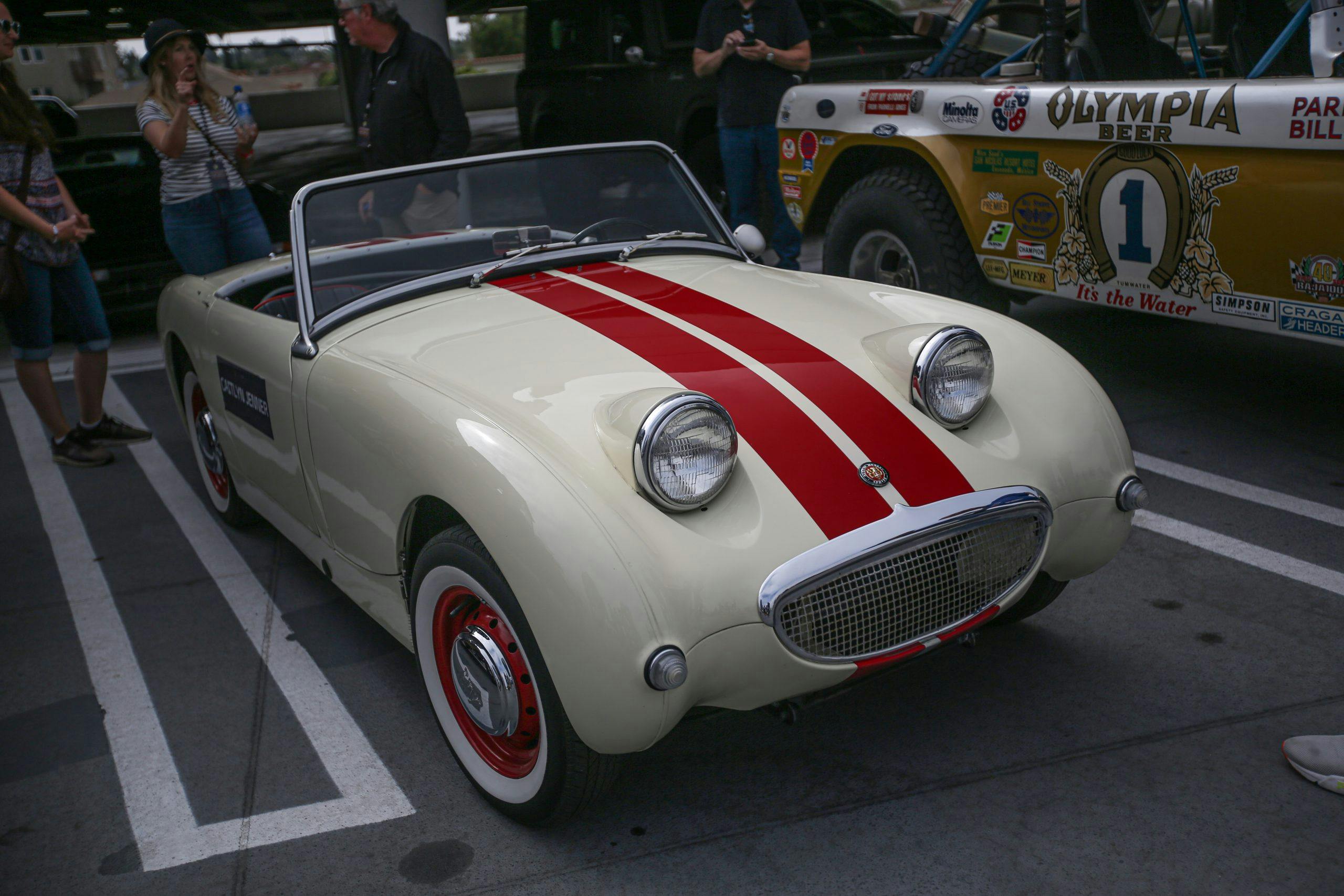
I waited out Customs with scant information, which sent me to black, enraging places where uncaring bureaucrats lounge through long coffee breaks and slow-walk approvals out of unwarranted spite. Finally, I talked to someone in the know and learned that old Land Rovers get extra scrutiny because theft and import fraud has become so rampant among them. The thin blue line was merely doing its job, and two weeks was actually pretty good—some Rovers have taken six months to clear.
And there it was on the dock, filthy, spotted with seagull crap, but still bright-eyed and chipper. Old Land Rovers have a simple face—just a cube, really, yet a welcoming and competent one. It’s a face that says, “Keep calm and carry on.” And, “If you’re going through hell, keep going.” Apparently, from all the thefts, it’s a face loved the world over, perhaps proving that we’re ready for some happier cars to take us to happier days.
Check out the Hagerty Media homepage so you don’t miss a single story, or better yet, bookmark it.
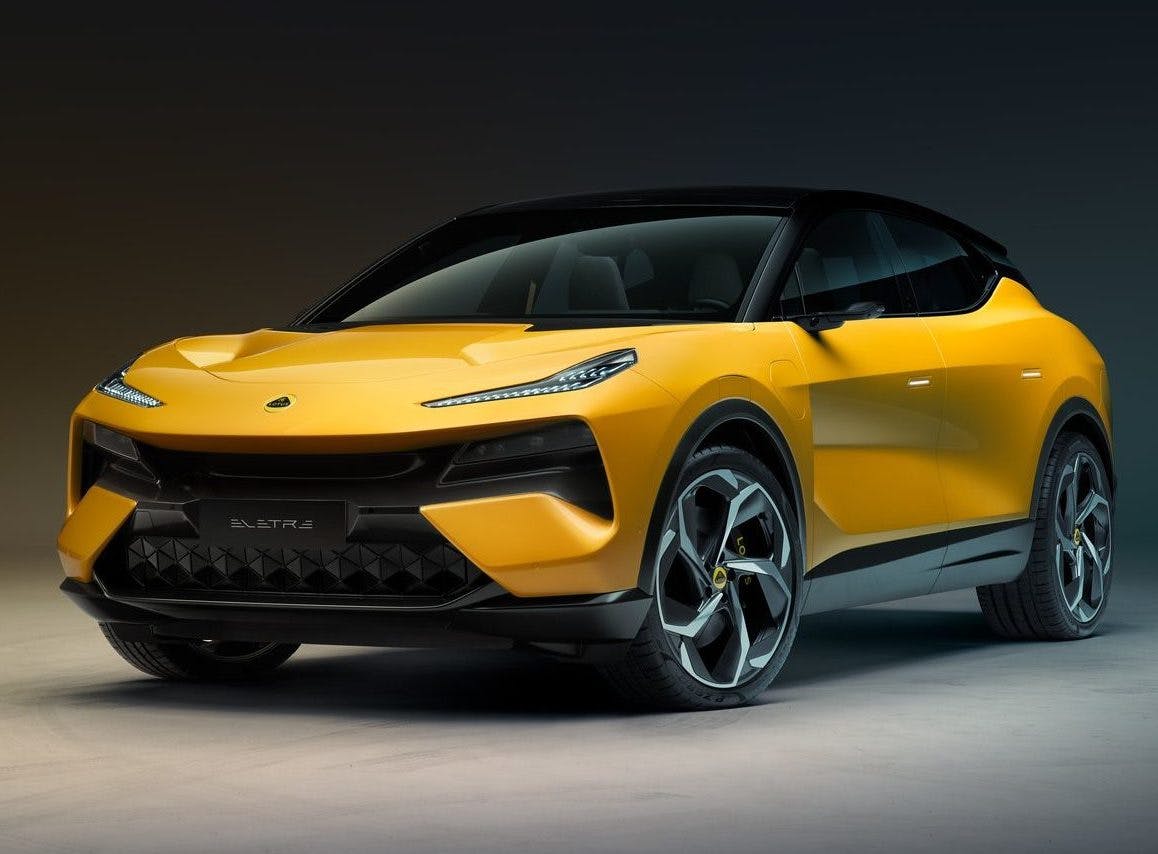
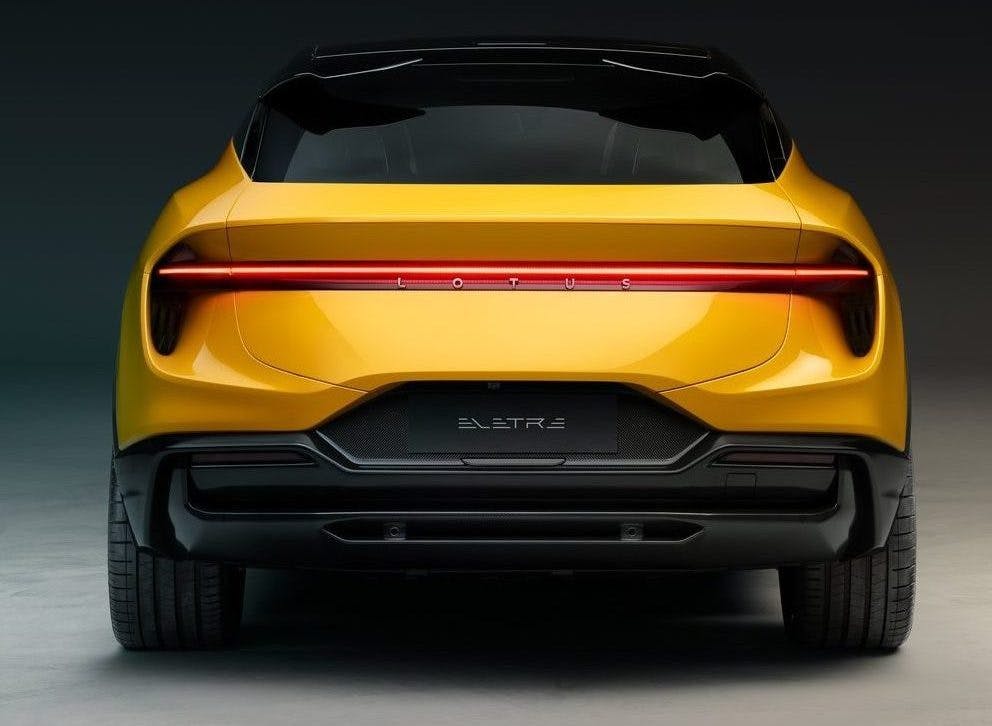
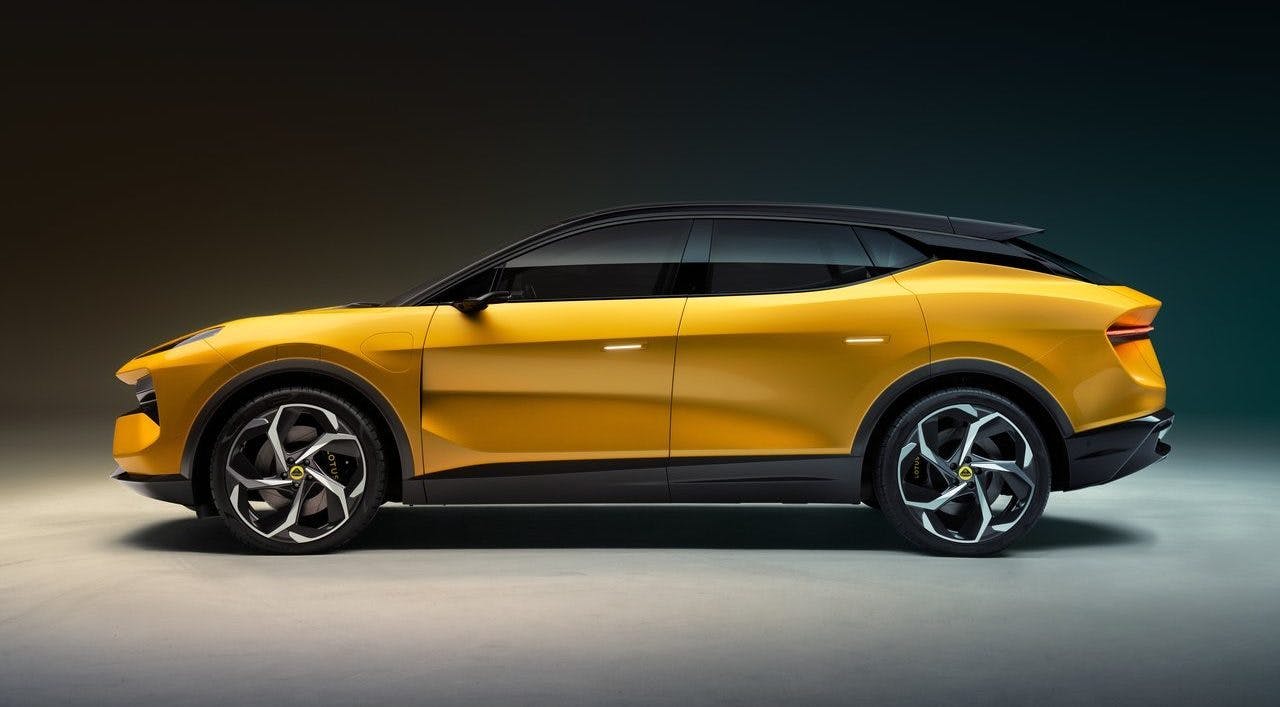
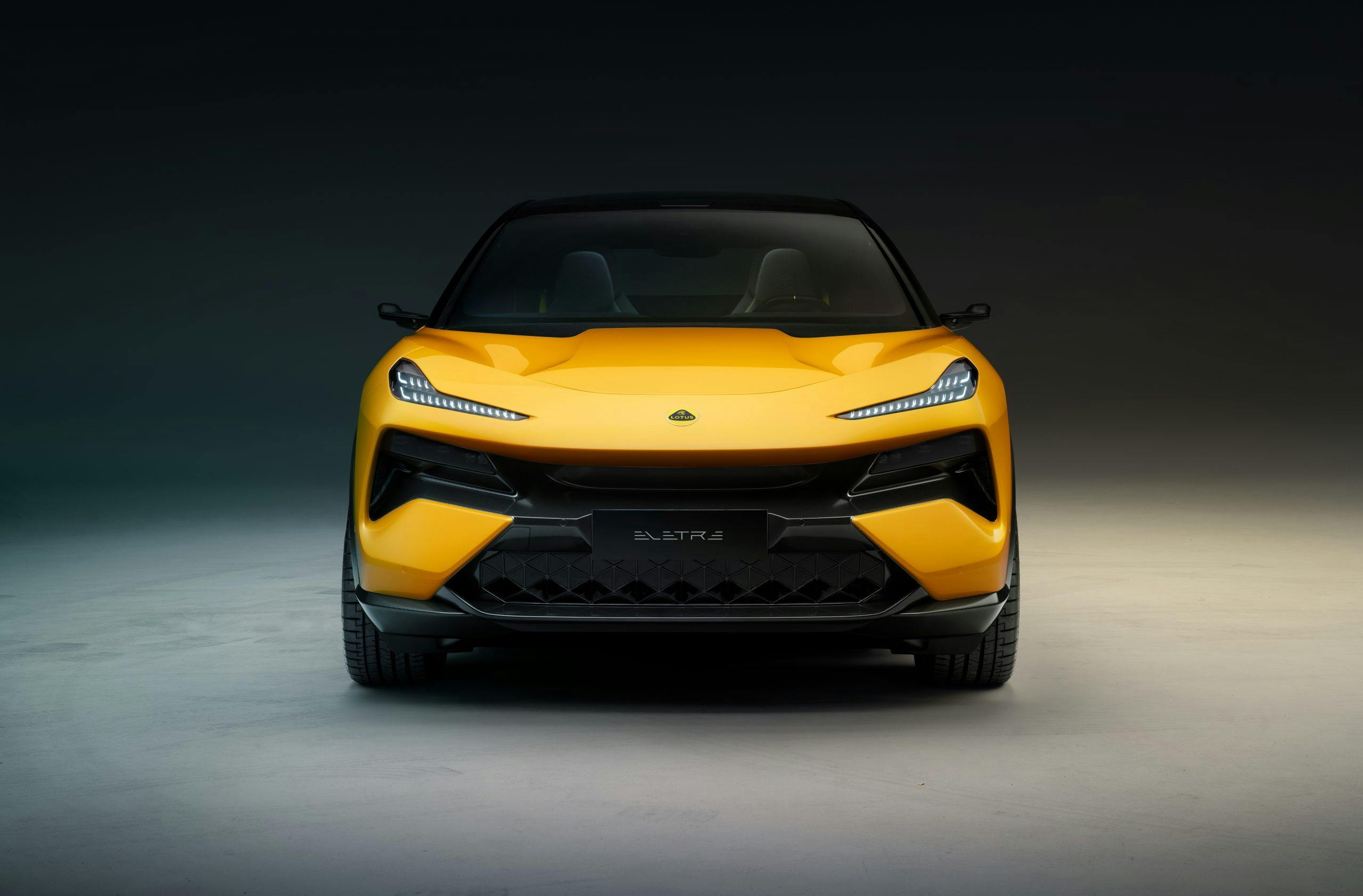


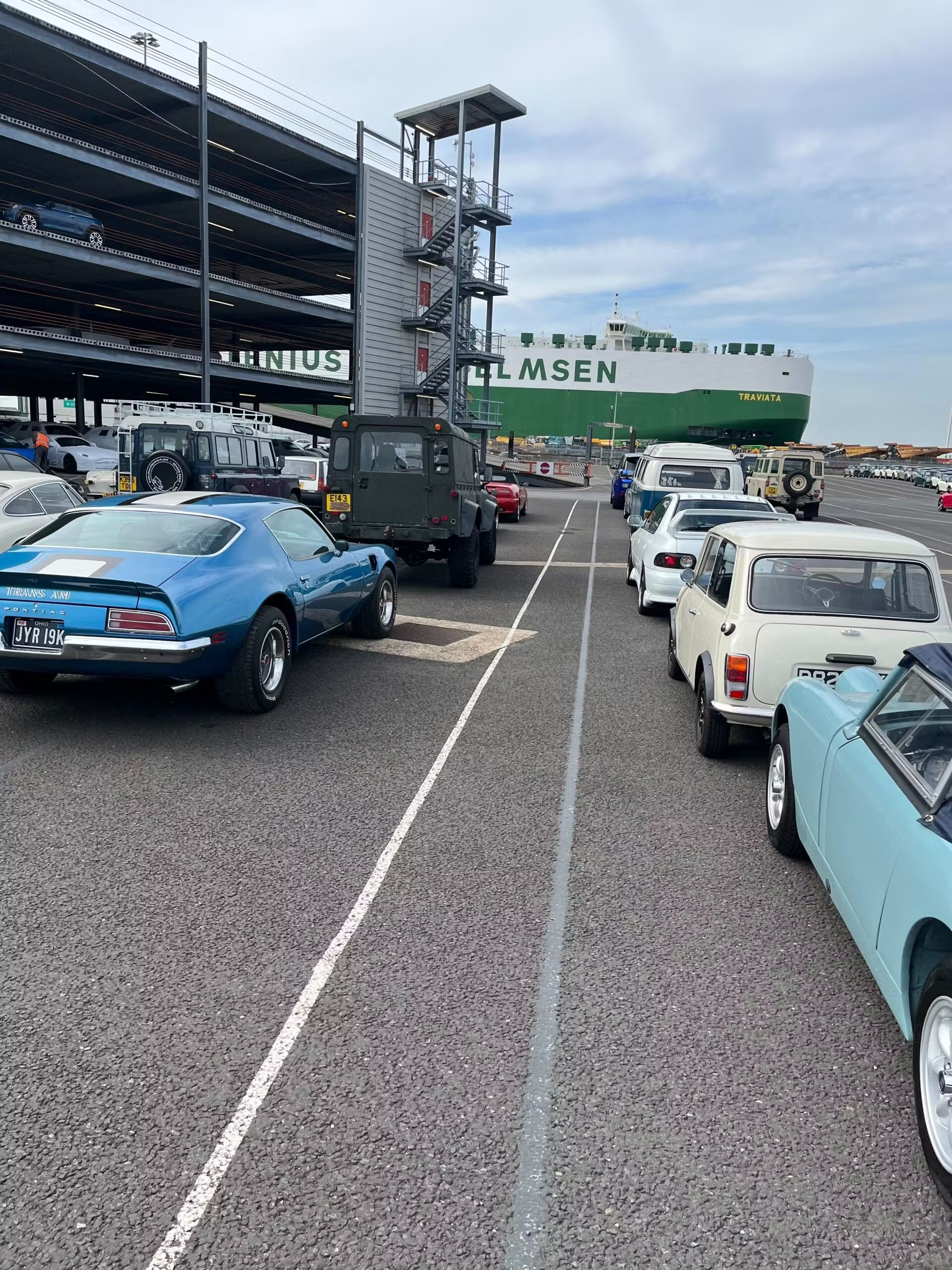




It’s a sign of the times: ugly cars, ugly architecture, ugly clothing, ugly face tattoos, ugly behavior [Hello Karen], ugly and stupid music.
How a Hyundai Veloster ever got the green light is beyond me.
The current stuff makes my 05 ION look sleek and well designed.
And it has a very happy face.
how about a 1959 bug eye with a 327 / 3sp
We have a Morris Minor and an MG Midget. Two of the happiest cars on Earth. I am happy behind the wheel of either. The Morris in particular has made grown Ex-pat women cry with tears of joy.
In recent years I have found it hard to go car-shopping, because the vehicles look so odd, I cannot imagine appearing in public in one. I stretched a very nice-looking 2000 Maxima to 21 years, finding current car and SUV offerings unpleasant looking. Who wants to part with all that money, to get something that seem grumpy? This is a pioneering article, as I find most of the people who now review cars, find the styling “cool” and blindly talk it up.
Yeah, you’d think the “Angry Eyes” look would be wearing thin by now. I remember when my son asked me, “Daddy, why do some cars have Angry Eyes?” That’s been three or four years ago and the style was already irritating then. It’s strange. We all know our culture is a dumpster fire and yet nobody does anything about it.
I think Toyota/Lexus and Audi are the masters of the ugly, angry grille. And. they seem to be getting worse. Ill take a late Corvair any day. No grille at all!